The one thing you can say about piggies is that they LOVE their grub!
The perfect piggy diet is 80-90% unlimited, good quality hay, a variety of lettuce (such as a mix of romaine, round, kos etc) plus some other veggies such as cucumber and pepper. If dried food is fed it should be maximum a small egg cup of good quality pellet rather than the museli style. I feed my gang a handful of hay in each litter tray twice a day with veggies.

Keep it simple – it’s all about hay.
Guinea pigs need access to unlimited hay at all times. Good quality hay can be purchased from farm shops where it is often sold in large bags or bales. You can also buy hay online from lots of companies. Just remember to stay clear of straw (which can cause eye injuries) and haylage (fermented hay for horses). Hay in smaller vacuum-packed bags, often seen in supermarkets, tends to be much more expensive and poorer quality.
There’s lots of different types of hay, including botanical, oat, wheat and orchard hay! However, farm-bought hay is usually meadow or timothy hay and is most popular and easiest to access (although a mix is good, especially for fussy pigs). Look for a local farm or horse-feed shop. Bales normally cost £5-9 and can feed a pair of piggies for months!

Guinea pigs benefit from access to grass too, whether this be in your garden or dried grass. Brands include ‘Readigrass’ and ‘Graze-on’. These are often available in horse-feed shops too, and a handful of grass a few times a week makes a good addition to a pigs diet.
Please don’t feed lawnmower clippings, as these can make your guinea pig ill. Make sure any bales are sweet smelling and there’s no mould/damp.
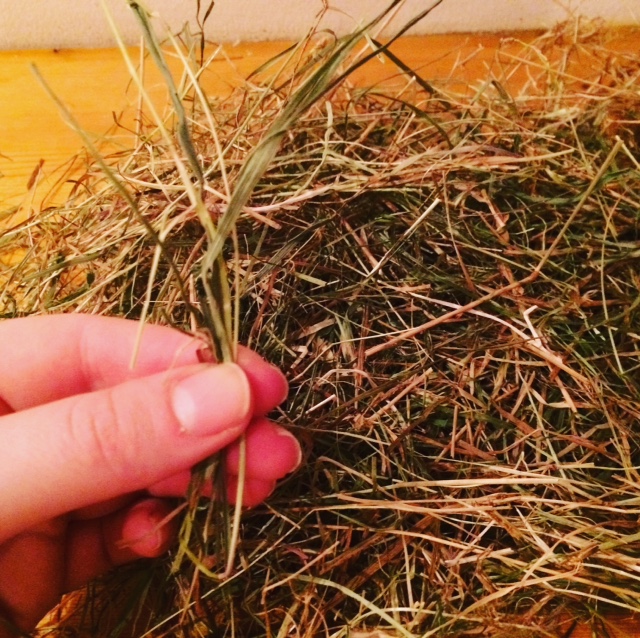

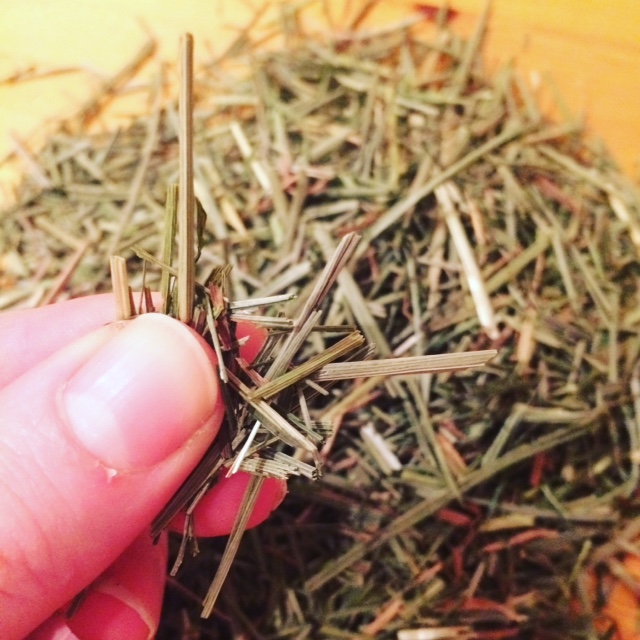
Glorious greens!
After hay, providing a mix of greens (including lettuce) is the ideal basis of a diet for your piggy. In the past, lettuce was seen as a big ‘no no’ however it’s now what our exotic vets recommend. We use varieties such as Little Gem, Round and Romaine. Iceberg can be fed in small amounts too. We also add a few other veggies for variety such as pepper and cucumber. Remember that any changes to diet should be made slowly and fresh water should always be available.
To make feeding time more fun why not try…
· Scatter greens to mimic how the guinea pig’s cousins would naturally graze in the wild.
· Hang up greens or hide them in cardboard boxes or tubes
Top tip: Avoid root vegetables including carrot and fruit as they are starchy and sugary. A bit of carrot or apple as a treat is fine!

Trick or treat?
Many shop-bought guinea pig treats contain egg, dairy, gelatine, honey and cheese! Step away from these processed ‘treats’ and treat your piggy as the herbivores they are. Avoid salt/mineral licks and vitamin C drops for water as they aren’t necessary. The best treats are natural, such as a bunch of freshly picked dandelion, or strawberry tops!
Why is diet so important?
A good diet is vital for the physical and mental wellbeing of your guinea pig—it’s much more than filling tummies!
Digestive
Guinea pigs must eat large amounts of coarse fibre to keep their digestive system healthy. Hay provides this which keeps their guts moving. Without this fibre guinea pigs can develop an often fatal condition called ‘gut stasis’ where the gut effectively stops and death can occur within 12-24 hours.

Dental
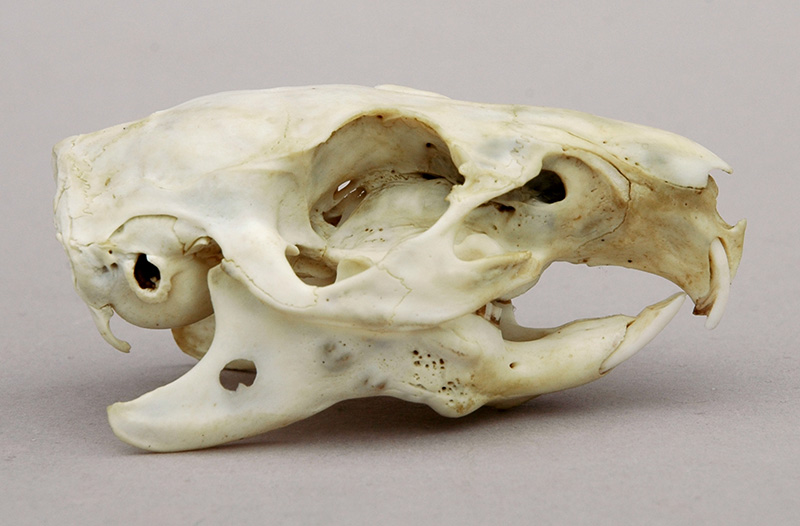
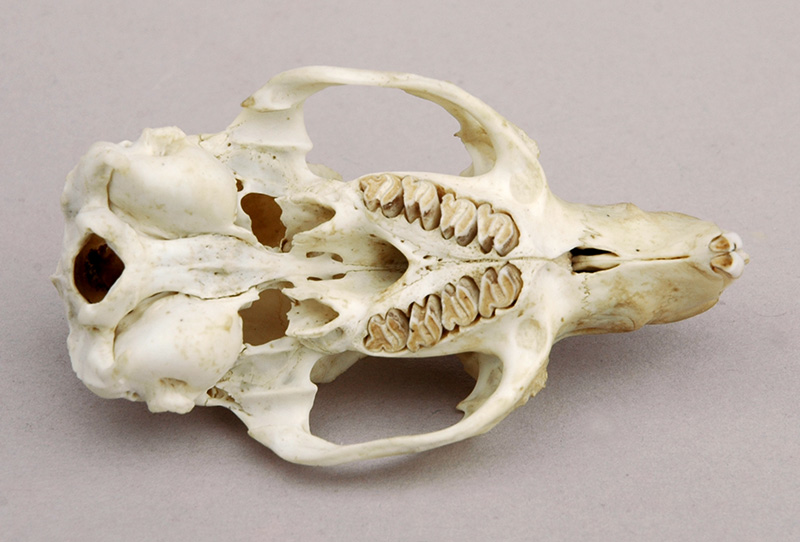
Did you know that guinea pigs teeth grow continuously throughout their lives? Hay promotes effective teeth-wear and keeps those pegs in check (both front and back). Vet dental bills are expensive, so don’t take the risk and provide unlimited, good quality hay.
Mental health
Guinea pigs spend most of their day grazing which keeps them mentally occupied as well as healthy. There’s no better sound than content piggies munching on hay together!


Coming up tomorrow we’ll be taking a look at how to make your piggies happy with an enriching environment!
Hannah x
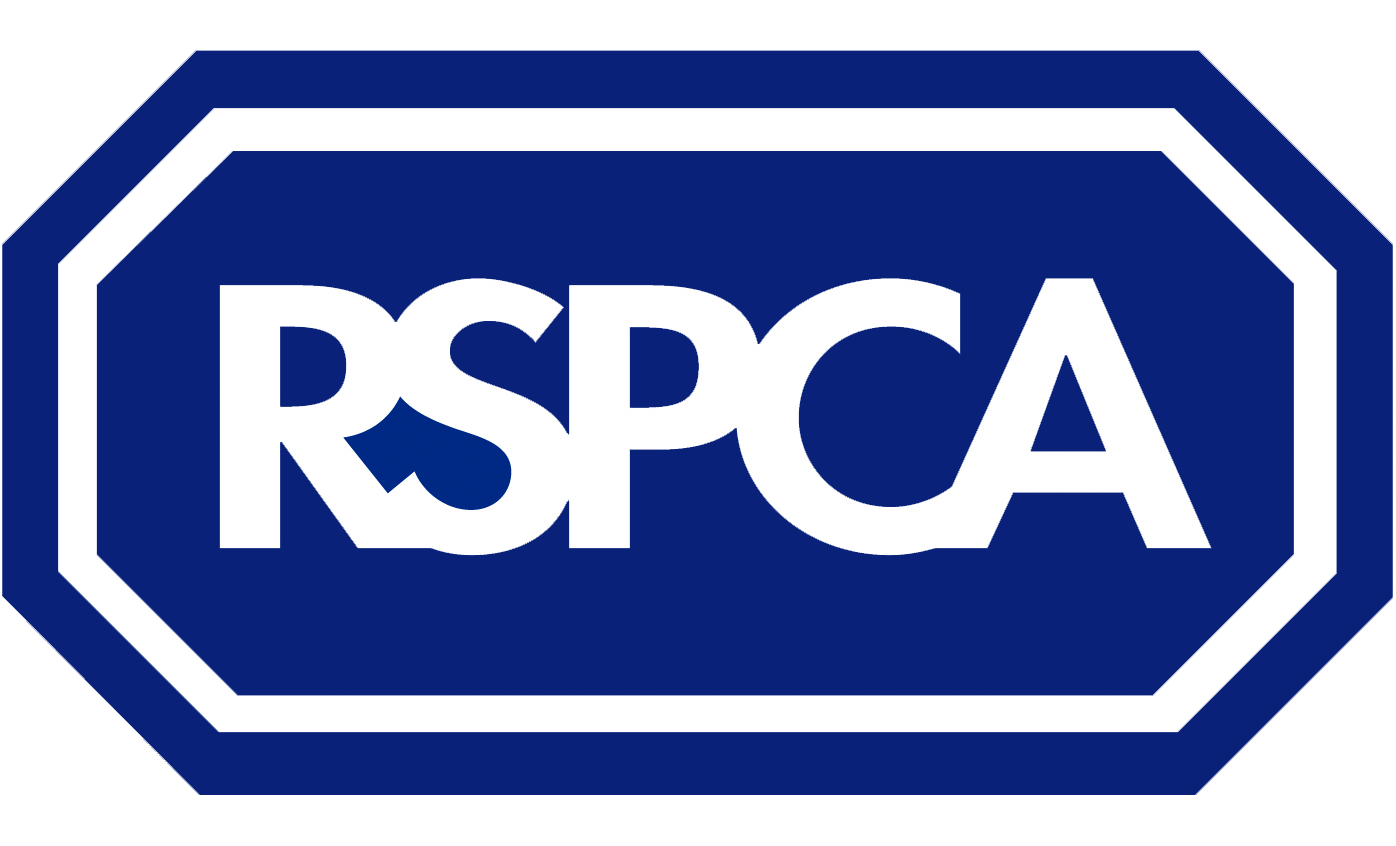
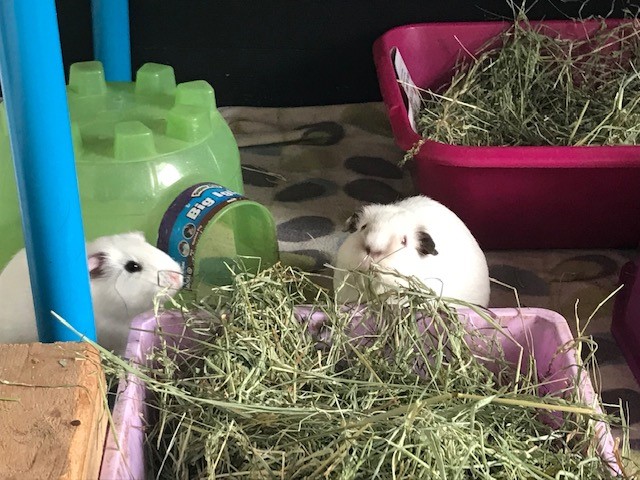


Comments are closed